(CLO) Permafrost in the Arctic is melting, releasing billions of tons of carbon into the atmosphere.
The Arctic, once one of the Earth’s most important carbon sinks, is undergoing a troubling transformation. A new study in Nature Climate Change finds that more than 30% of its tundra, forests, and wetlands have shifted from absorbing carbon to emitting it. When wildfire emissions are included, that number rises to 40%.
Permafrost, which has stored huge amounts of carbon for thousands of years, is melting due to rising temperatures, releasing billions of tonnes of CO₂ and accelerating global warming.
The Arctic holds nearly half of the Earth's soil carbon - twice the amount currently in the atmosphere. As the permafrost melts, organic matter decomposes and releases greenhouse gases, adding to the warming effect.
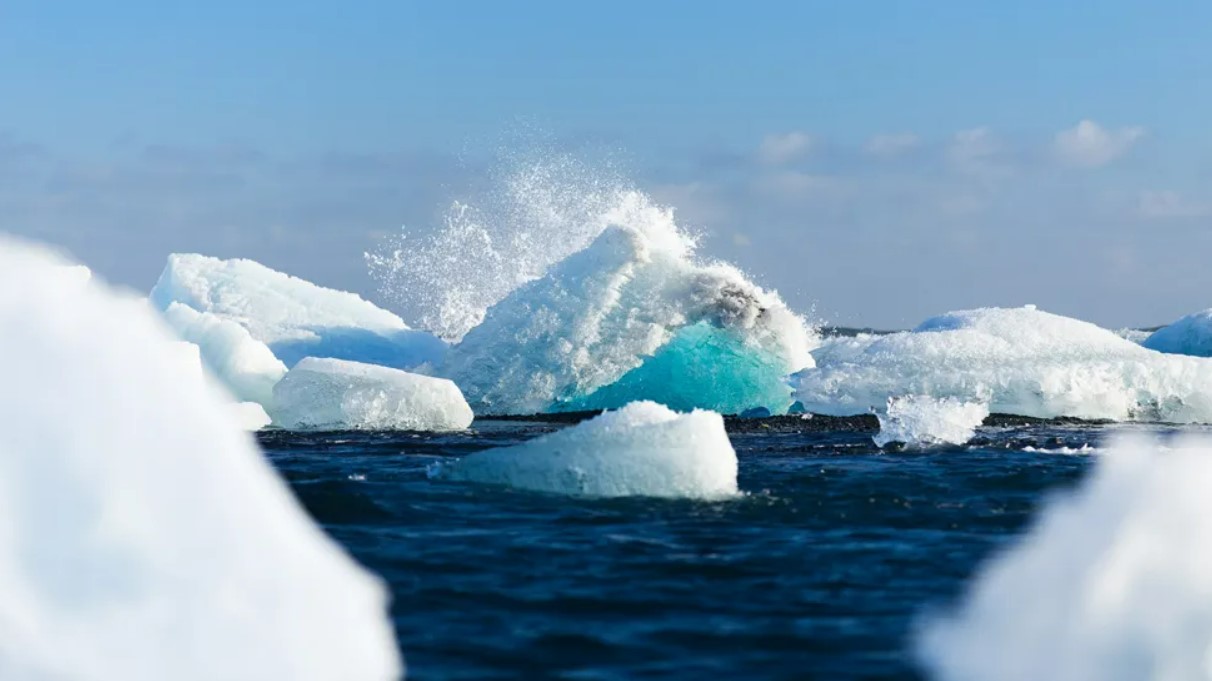
Melting ice in the Arctic. (Photo: Unsplash)
The melting of ice is not only affecting the climate, it is also changing the Arctic’s topography. Land is collapsing, new lakes are forming, and vast areas are becoming unstable swamps. Wildfires are increasing, contributing to a surge in carbon emissions.
“Inland Alaska, as the ice melts, trees grow more, but at the same time, the ground starts to collapse. You can see the landscape changing right before your eyes,” describes climate scientist Sue Natali.
Consequences beyond the Arctic
The Arctic plays a vital role in regulating the global climate, but it is now becoming a major source of carbon emissions. This has serious implications.
Increased atmospheric CO₂, making it harder to control global temperatures. Accelerating climate tipping points, fueling out-of-control feedback loops. More extreme weather globally, with more storms, heat waves, and more pronounced seasonal shifts.
Can we prevent it?
Stopping permafrost thaw is a major challenge. The most important solution is to reduce fossil fuel emissions to limit rising temperatures. Scientists stress the need for urgent action to reduce greenhouse gas emissions.
At the same time, monitoring of the Arctic needs to be stepped up. The region is warming nearly four times faster than the rest of the planet, but many areas remain understudied.
Without timely measures, the Arctic will become a huge source of carbon emissions, making the climate crisis even more serious.
Ha Trang (according to Daily Galaxy)
Source: https://www.congluan.vn/bac-cuc-dang-dan-tro-thanh-nha-may-thai-carbon-post332550.html


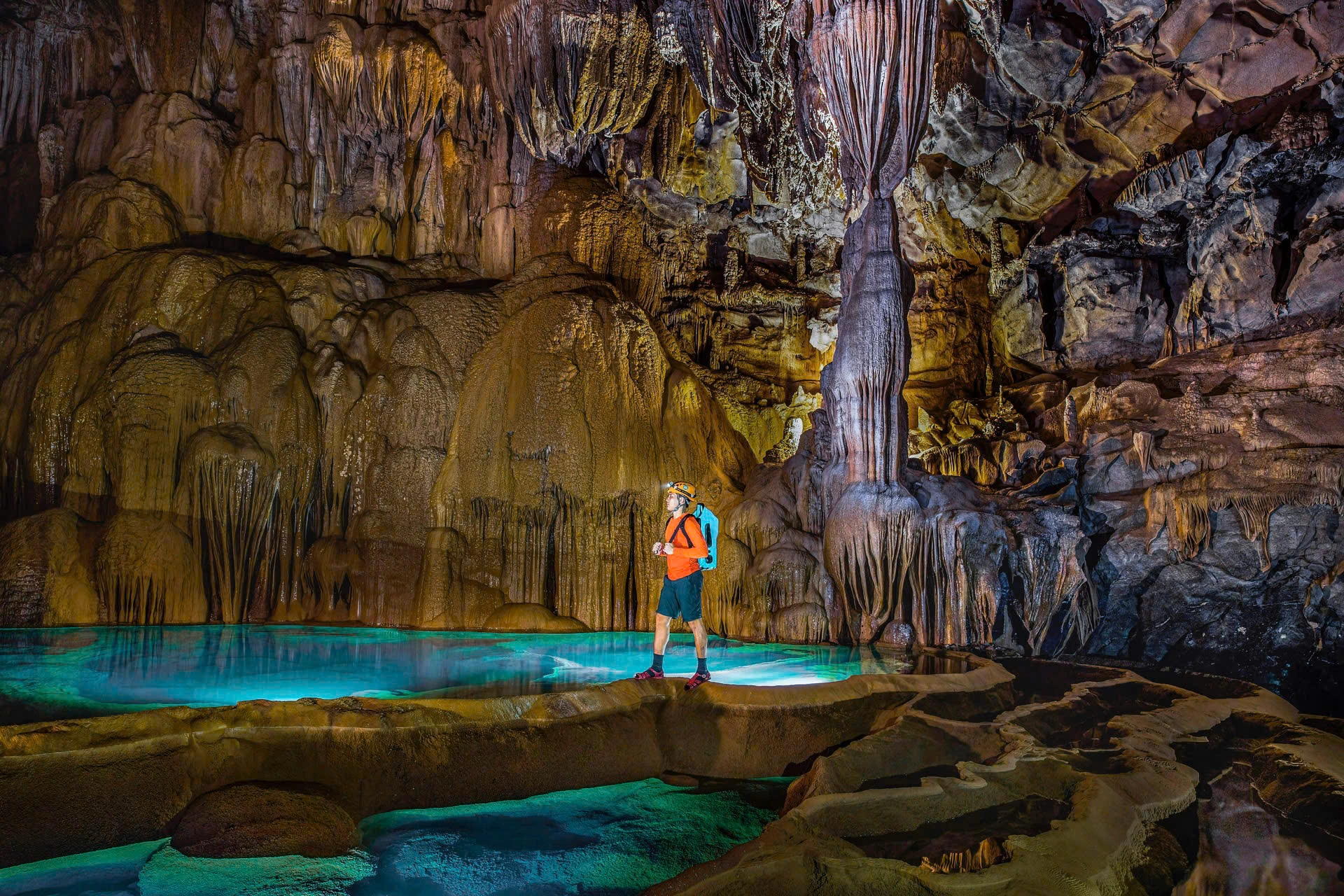
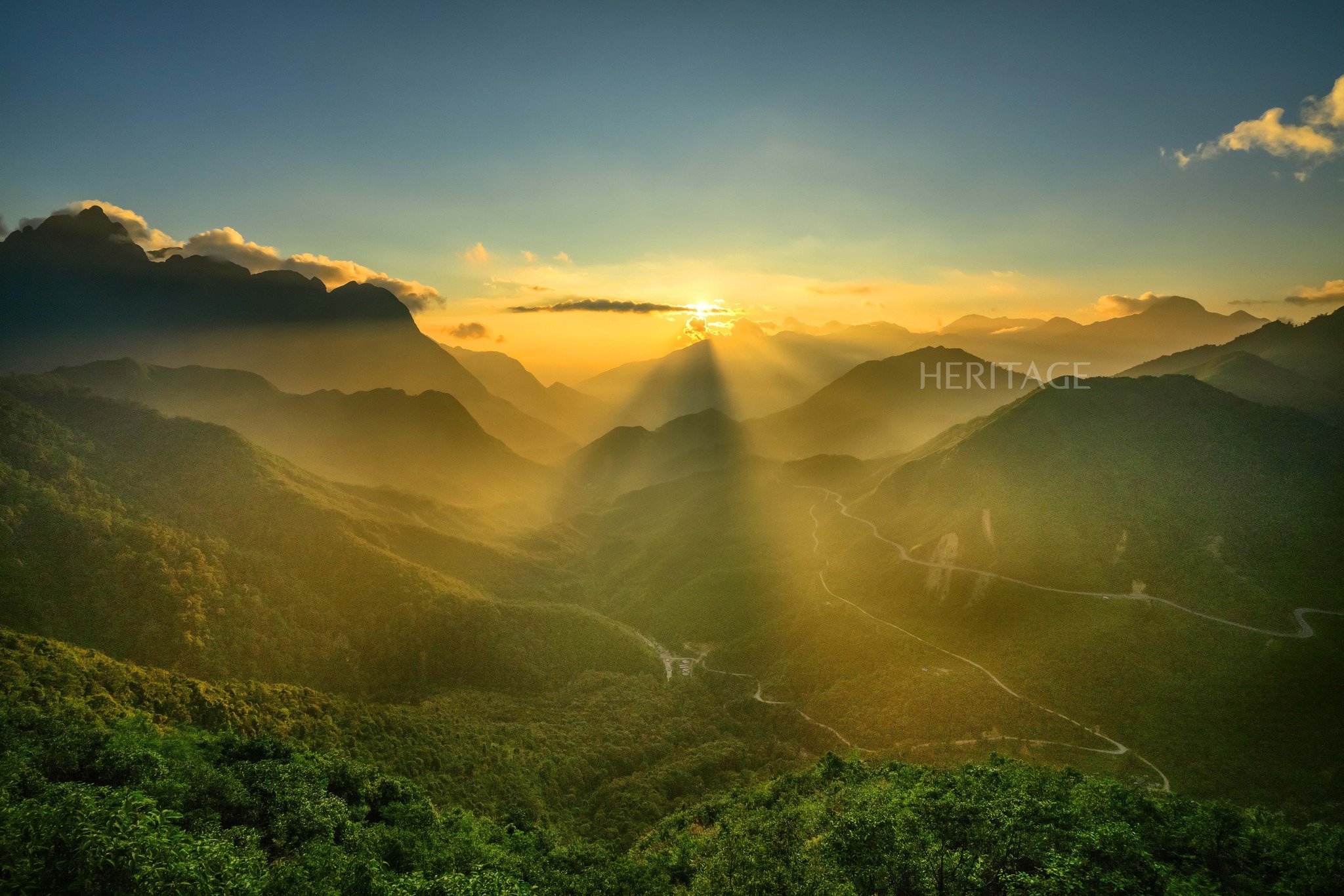

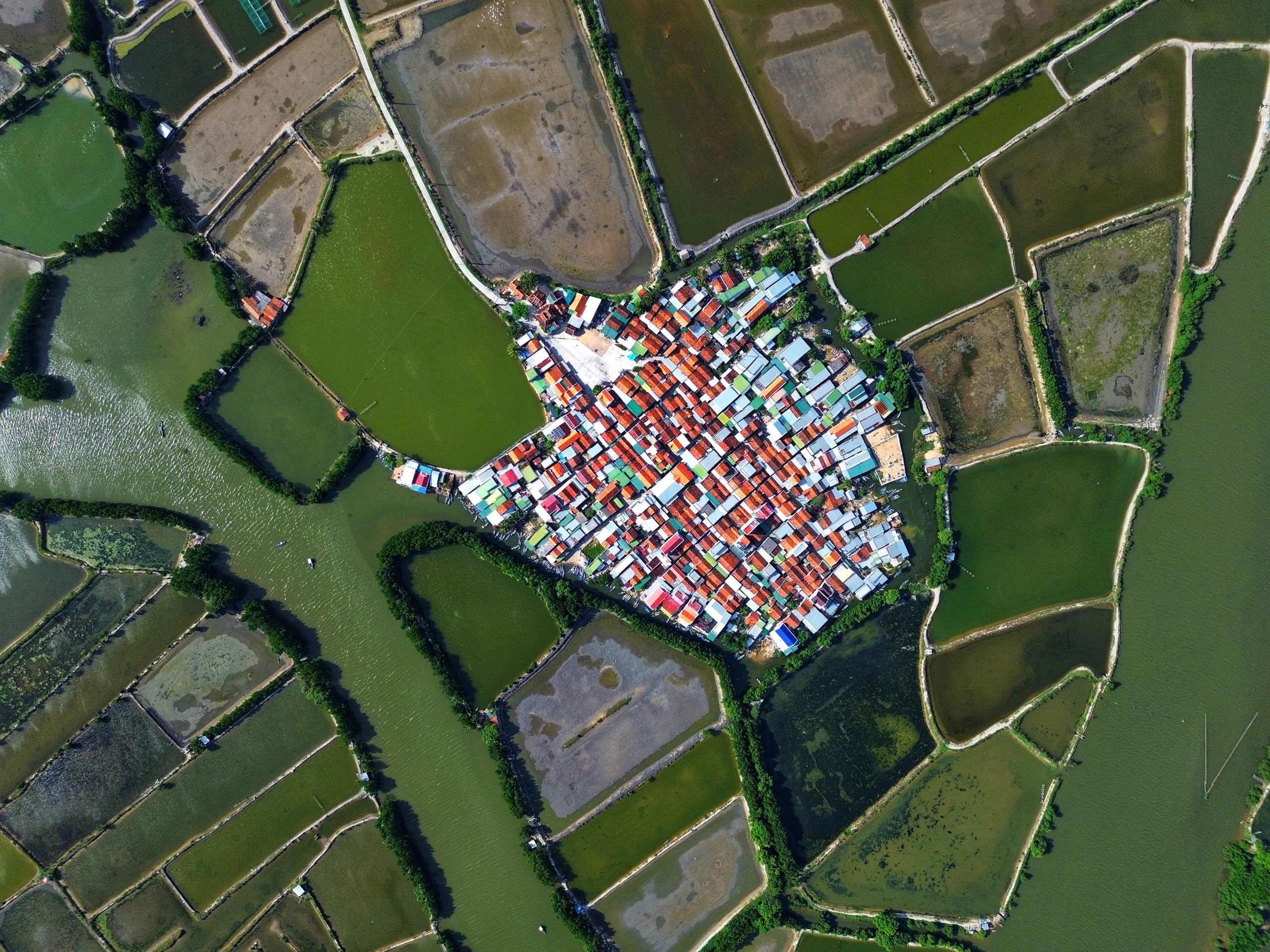


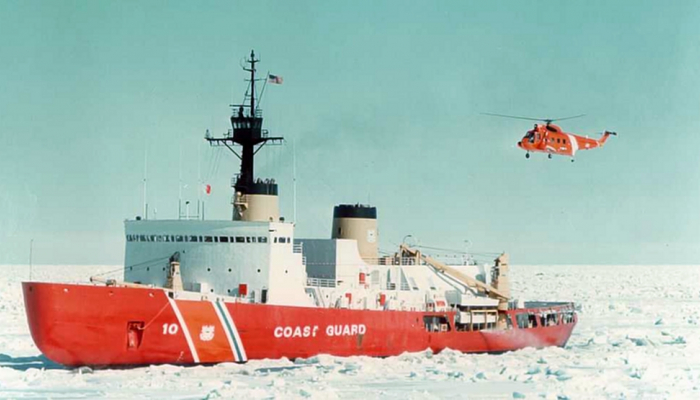

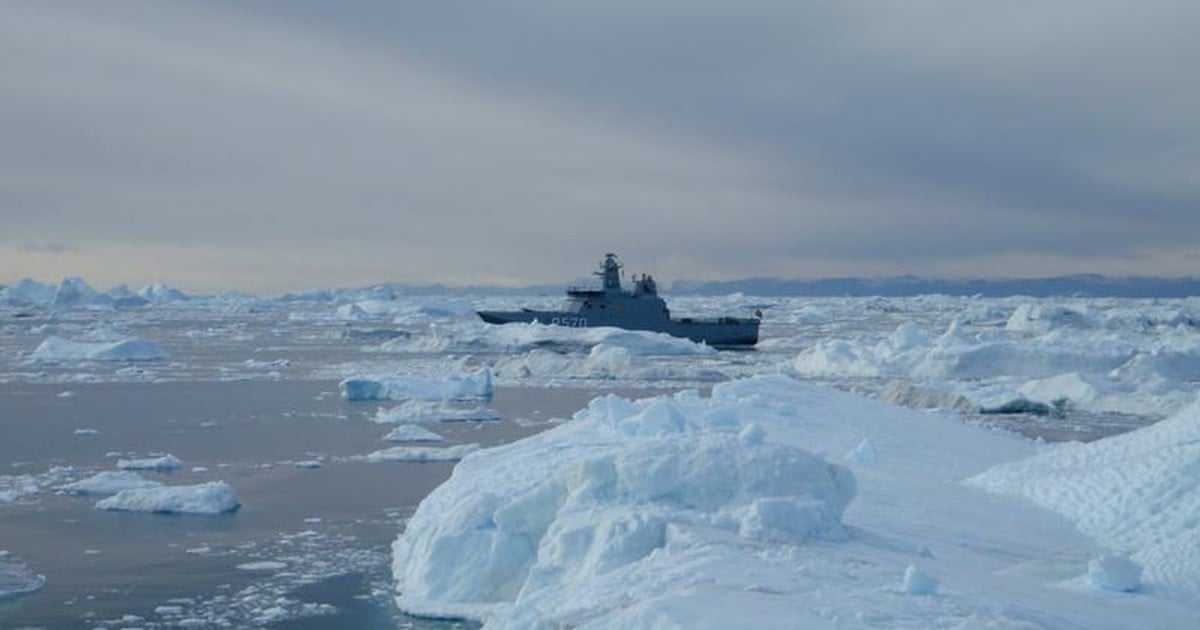



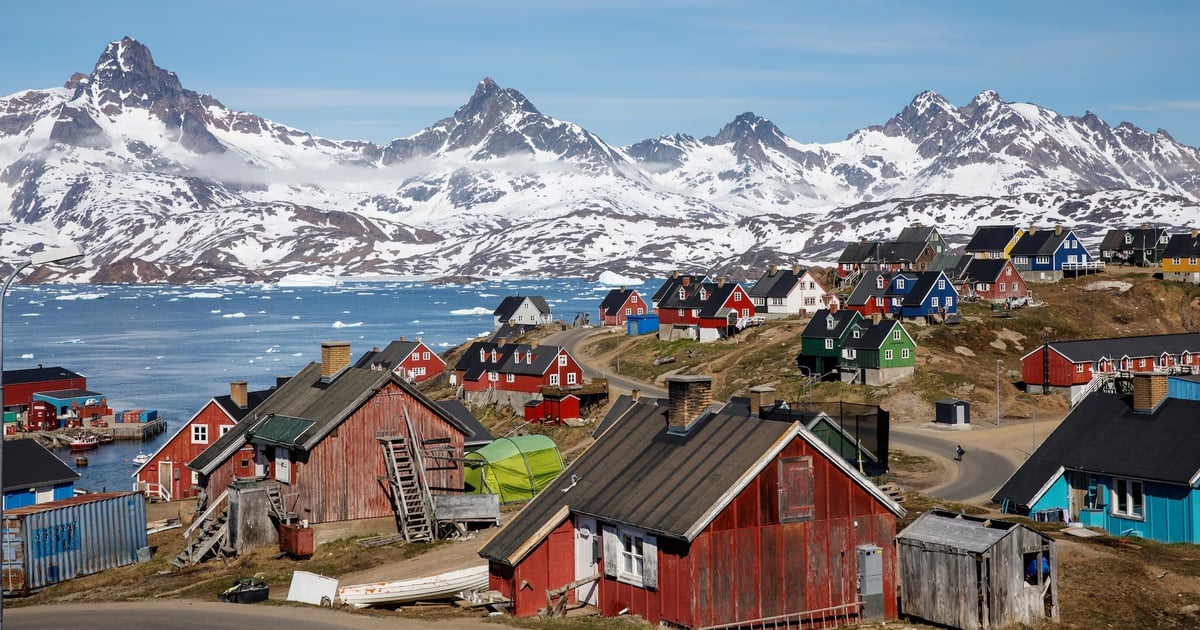
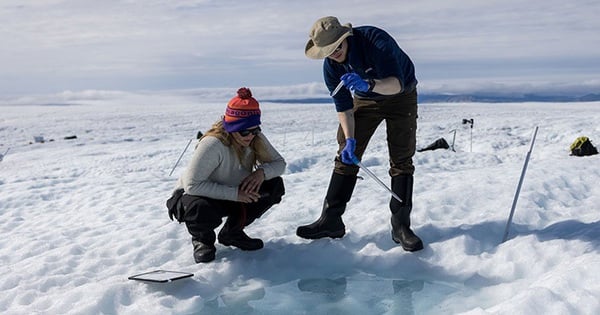

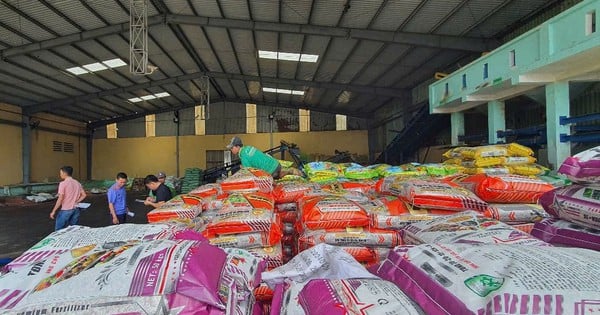













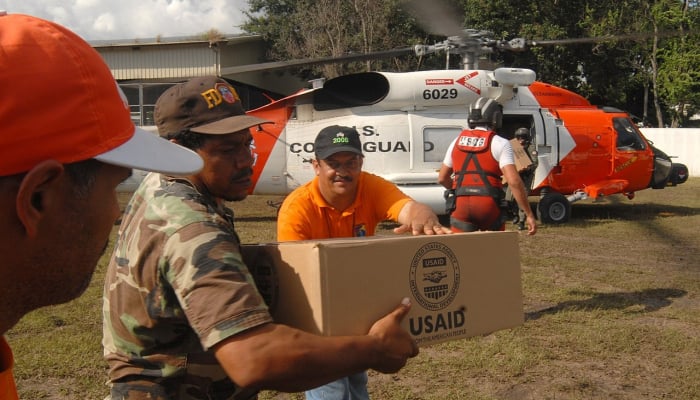
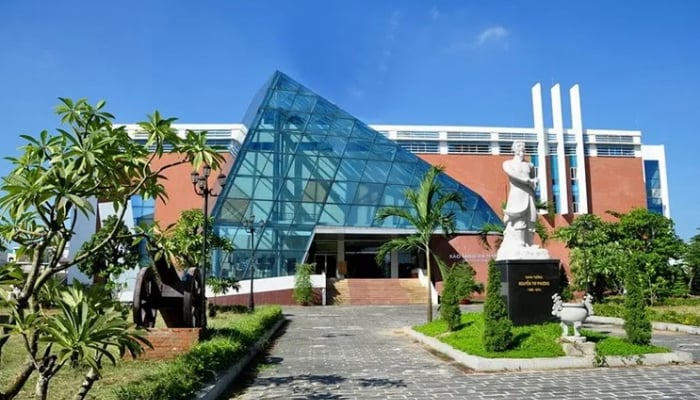




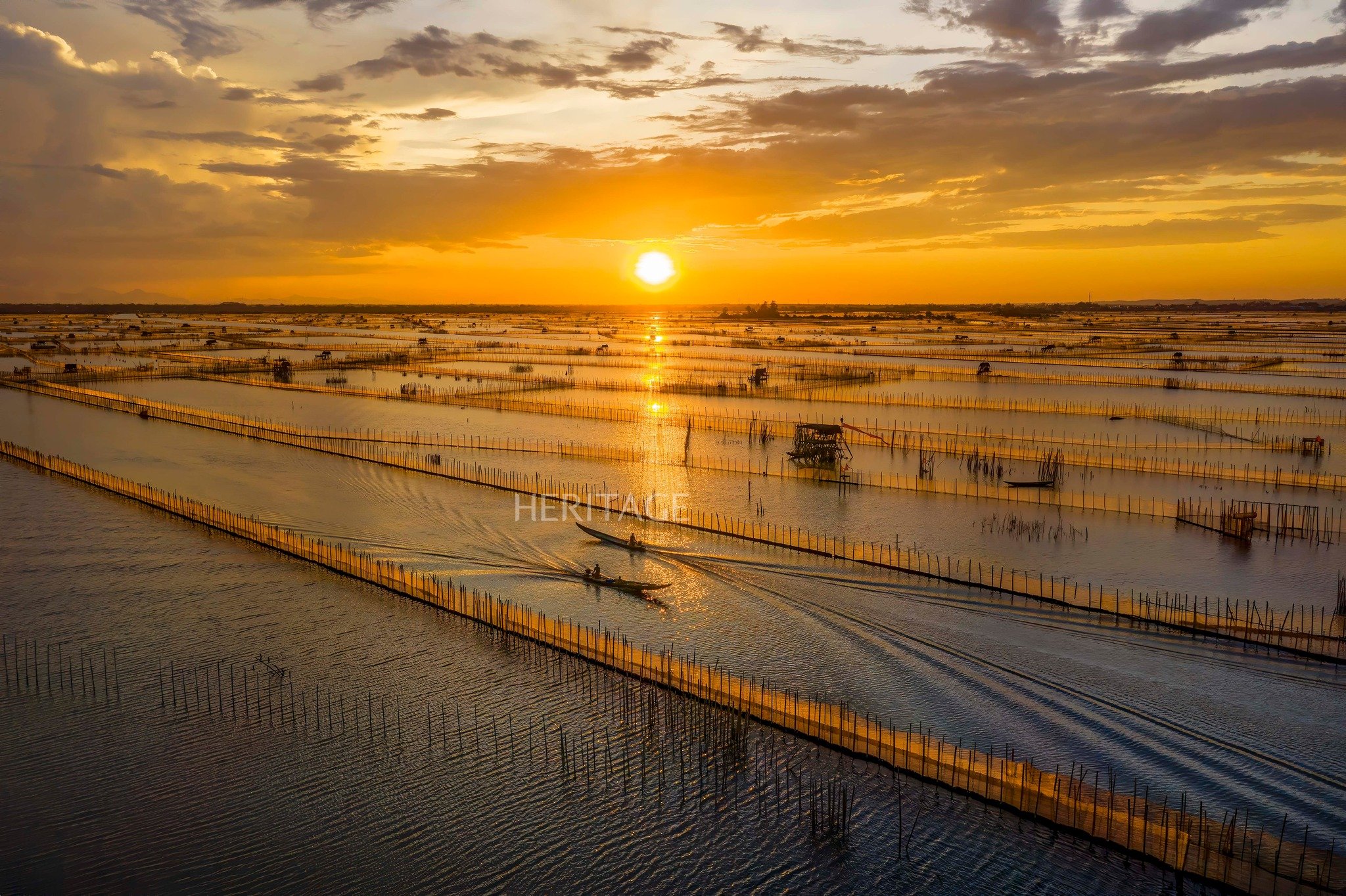


























































Comment (0)